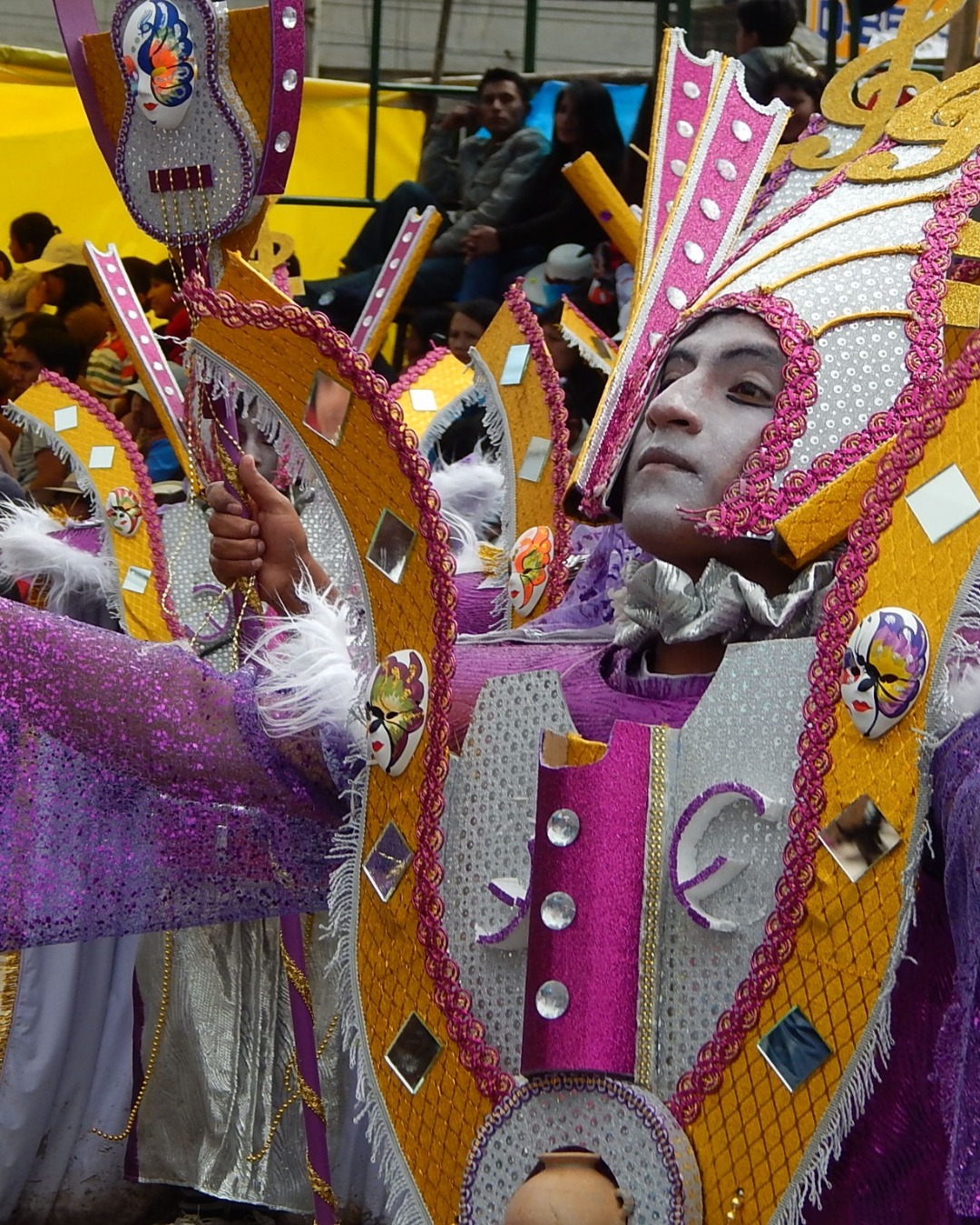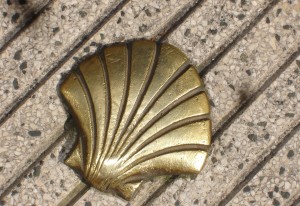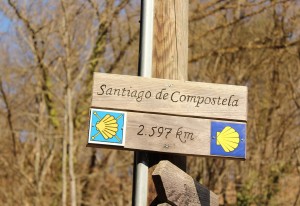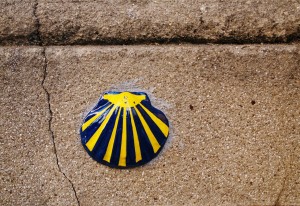In Galicia we have many traditions and customs that have been passed down from generation to generation and have survived for many years. Some with slight changes on their origin, but with the same essence.
We could make a special mention of Galicia Day, which is celebrated on July 25. We could also name the bonfires of the Night of San Juan. It is fair to refer to the Magosto and we cannot forget about festivals that cross borders such as A Rapa das Bestas. But today we want to focus, due to the dates that take place, on Carnival.
In Galician, also known as entroido or antroido, carnival is a party with a long tradition that right now can boast of having 8 parties classified as “Fiesta of Tourist Interest”. Specifically, that of Xinzo de Limia has been classified as a festival of International Tourist Interest.
When is carnival? How is it calculated?
The first thing we must take into account is the mobile nature of this festival, since it depends on the lunar calendar. We can reach the date that officially begins the carnivals in two ways:
You can count 7 weeks from the first winter full moon. There coincides carnival. This year this moon took place from January 6 to 7.
You can also count backwards 40 days from Palm Sunday, in Holy Week. There it will take you to Ash Wednesday and you only have to mark the previous Thursday on the calendar.
In any case, we end on Lardero Thursday. The official start day of the carnivals. This year on February 16. But that brings us to another question. What is Lardero Thursday?
Lardero Thursday is another tradition. Coinciding with the days before Lent (which begins on Ash Wednesday), Christians took the opportunity to have the last feast eating pork.
Typical carnival food
In carnival, or entroido as it is called in a large part of the community, it is characterized by having numerous typical dishes.
Among the salty dishes we can highlight the Galician stew. In it you cannot miss ingredients such as turnip tops, cabbage, potatoes or chickpeas. Of course, the chorizo and the meat will be great protagonists.
Lacón con grelos is any of its variants is another of the indisputable typical Galician carnival dishes, and it is the time of the grelo.
We can also make a long list of desserts that any house will have on the table.
Filloas, also known as freixós, are a dough with an ingredient that makes them special; the blood of the slaughter (although this, evidently, is seen less and less). The ears, the bica or the carnival flowers cannot be missing from the table during those days either.
Therefore, if you are not from here and you are going to arrive on the Camino or you are coming to visit us, do not hesitate to take this beautiful memory with you on your palate.
Would you add any other custom? We read you on social networks!















